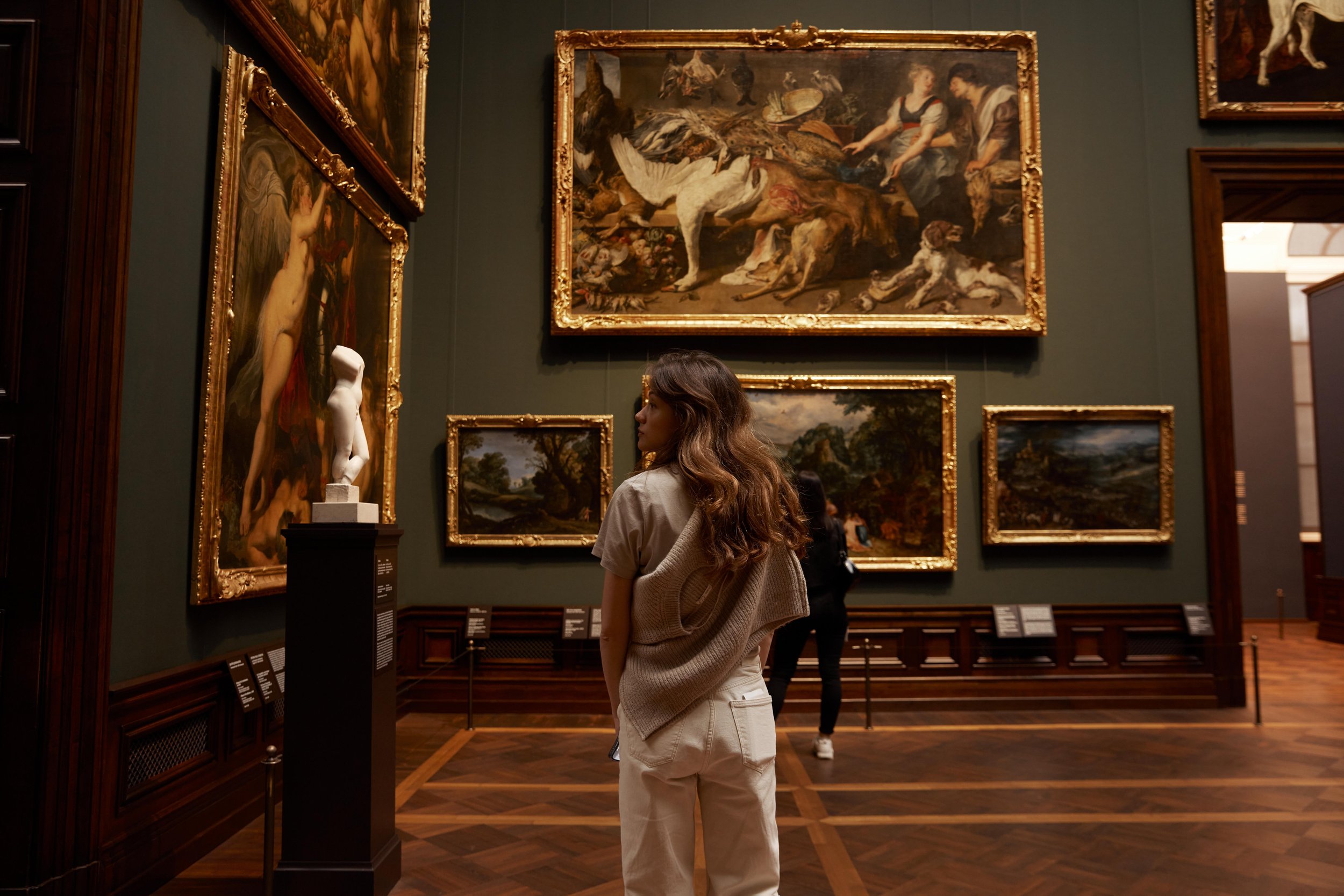In fifteenth century Japan, it has been told that when a shogun sent a damaged tea bowl back to China to be repaired, it was returned with large metal staples that held the cracks together. Fascinated by the technique (although not visually appealing), the Japanese soon developed the art of kintsugi.
The technique quickly transformed from bulky staples to first using lacquer to glue the joints and then painting the cracks with gold powder. Kintsugi became even more popular after the Great East Japan Earthquake in 2011 when many beautiful ceramic pieces were damaged. Now, it is not uncommon to hear of artists who will purposely break ceramic bowls and other pottery to create artistic pieces.
There is a philosophy behind Kintsugi. It teaches artists and humankind the beauty of embracing imperfections and flaws as well as the fragility of life itself.
Although we are not inanimate objects, we are living, breathing beings who all have imperfections and flaws. Our cracks tell a beautiful story of our challenges, our perseverance through those challenges, and our unique journeys through life.
We have a saying in my house when one of us is navigating through a difficult time or feeling a little beaten up by the world.
Fill your cracks with gold.
These five words provide a gentle reminder that accepting our flaws can be a wonderful accompaniment to personal growth.
Acceptance doesn’t mean that we aren’t working on being better people every day.
Acceptance means that we know we are imperfect, and love ourselves unconditionally anyway.
Fill your cracks with gold.
You are truly beautiful when you do.
Vicky DeCoster is a Certified Life Coach based in the Midwest who specializes in helping her clients both locally and nationwide to move past obstacles, create a plan for happiness, and cross the bridge of transition to find a new and fulfilling direction in life. To read more about her and her practice, visit her at crossthebridgecoaching.com.











